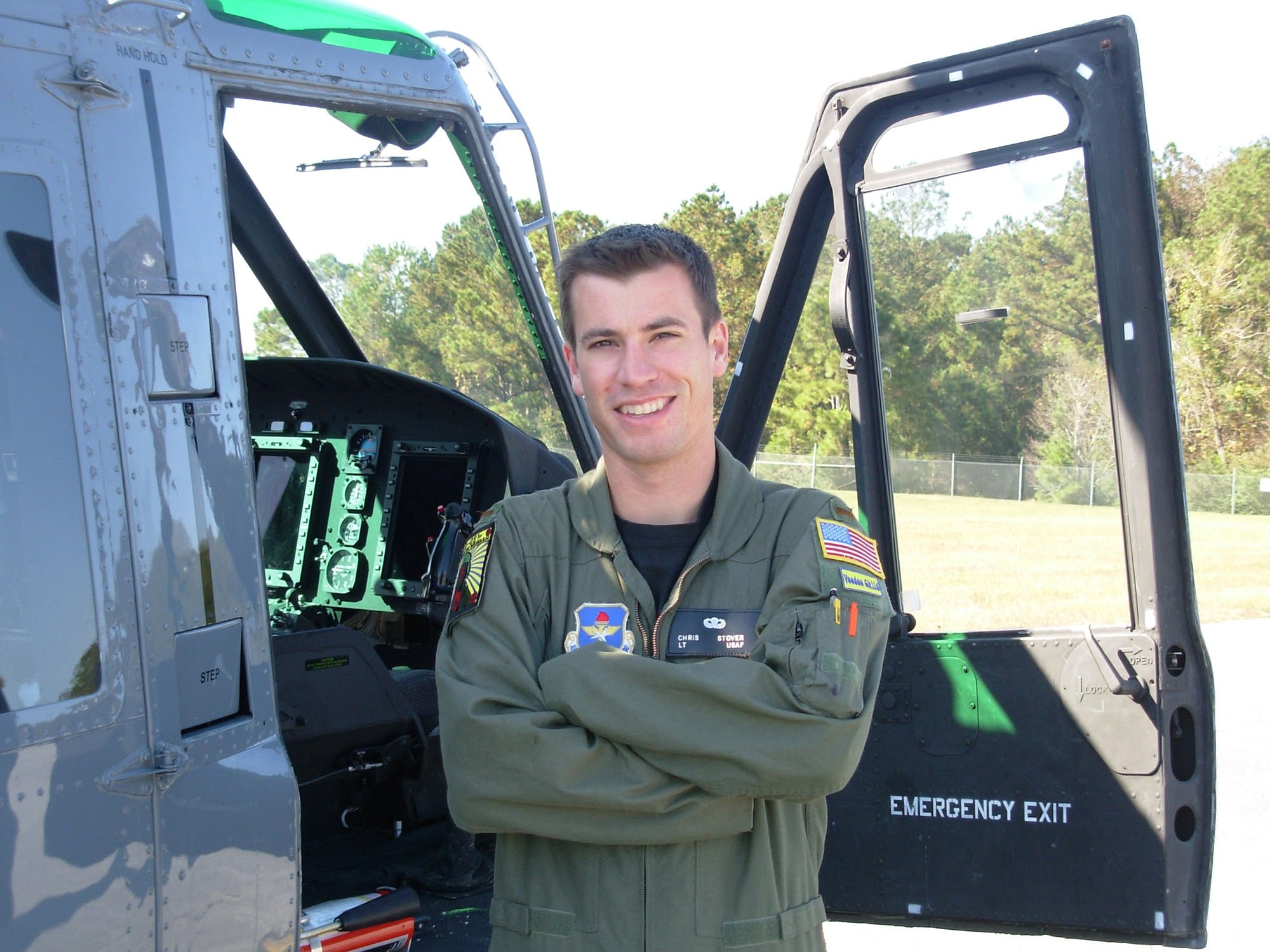Several waterfowl that smashed through a helicopter windscreen caused the crash that killed Capt. Christopher Stover of Vancouver and three other Air Force personnel on Jan. 7.
Stover, a 2004 graduate of Evergreen High School, was piloting the HH-60 Pave Hawk helicopter on a search-and-rescue training flight along the English coast when it crashed.
In a report issued last week, Air Force investigators determined that multiple bird strikes caused the crash of what they called the “mishap aircraft” or MA.
“At least three geese penetrated the windscreen of the MA, struck the mishap pilot and mishap co-pilot, rendering them unconscious and thus unable to control the MA. Additionally, at least one goose impacted the front” of the helicopter, disabling its trim and flight path stabilization systems.
Three seconds after being struck by the birds, the helicopter hit the ground, killing all four members of the crew, which also included co-pilot Capt. Sean Ruane, Tech. Sgt. Dale Mathews and Staff Sgt. Afton Ponce. The airmen were with the U.S. Air Force’s 56th Rescue Squadron, based at RAF Lakenheath in Suffolk, England.
The 28-year-old Stover is survived by his wife, Sarah Stover; parents Rick and Maribel Stover; and his sister, Kelly Stover.
Tough week for family
Rick Stover said the family was contacted after the investigation board finished its work.
“We did get a briefing before the report was issued, as did all the families,” Rick Stover said in an email message. “Last week was tough, as it marked the six-month mark since the accident, and then the report release. Plus, I was interviewed by the BBC for TV and radio.”
Capt. Stover flew 100 rescue missions during a 3½-month deployment to Afghanistan in 2012. In addition to the inherent dangers of combat missions, the job comes with other flying hazards.
“Chris and I did talk of the natural issues like buildings, power poles and lines, as well as weather,” Rick Stover said.
According to the accident investigation report, Stover was piloting the second helicopter in a two-aircraft exercise. Their training scenario was a low-level — 100 to 150 feet — night-time rescue of an F-16 pilot who had ejected from his jet. Both air crews were wearing night-vision goggles.
The exercise was following the United Kingdom’s military recommendations on bird hazards, the report said. The lead helicopter crew didn’t report seeing any birds as it passed over Cley Marshes in the Norfolk Wildlife Trust but the waterfowl were likely startled by the aircraft.
Flying at 126 mph over a moonlit English coast, Stover’s craft was about 500 yards behind the lead helicopter and 110 feet above the ground when it was struck by the geese.
“The types of geese that hit the (aircraft) weigh between 6 and 12 pounds. A bird weighing 7.5 pounds would impact with 53 times the kinetic energy of a baseball moving at 100 mph,” said the report, which was signed by Brig. Gen. Jon Norman, president of the investigation board,
Pieces of the windscreen and bird remains were found about 720 feet from the crash site. No bird remains were found in either engine.
Tribute to crew
While the report is primarily an account of a disaster — the investigation included engineering analysis and animated simulations — it also serves as a tribute to the four aviators.
An “In Memoriam” preface salutes them as search-and-rescue crewmen who “seek out and save the lost, the wounded, and the fallen, day or night, in inclement weather, and in the face of hostile forces. These four airmen took flight on 7 January 2014 to be ready, at a moment’s notice and under any circumstances to find and recover those in need of refuge. …
“Together they are credited with saving hundreds of lives.”




